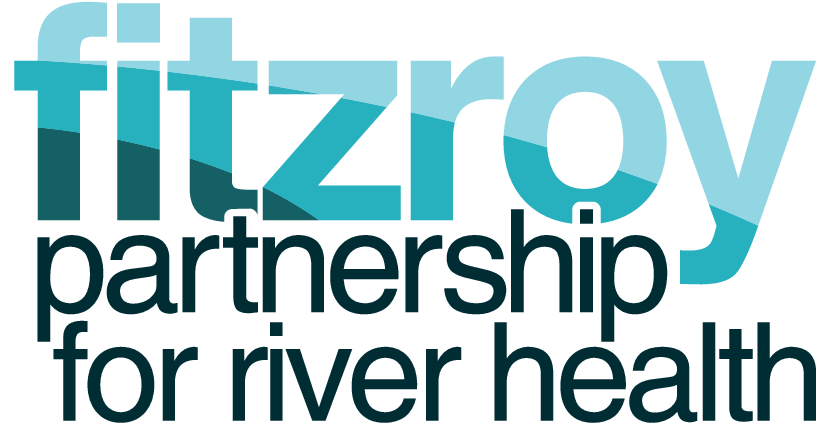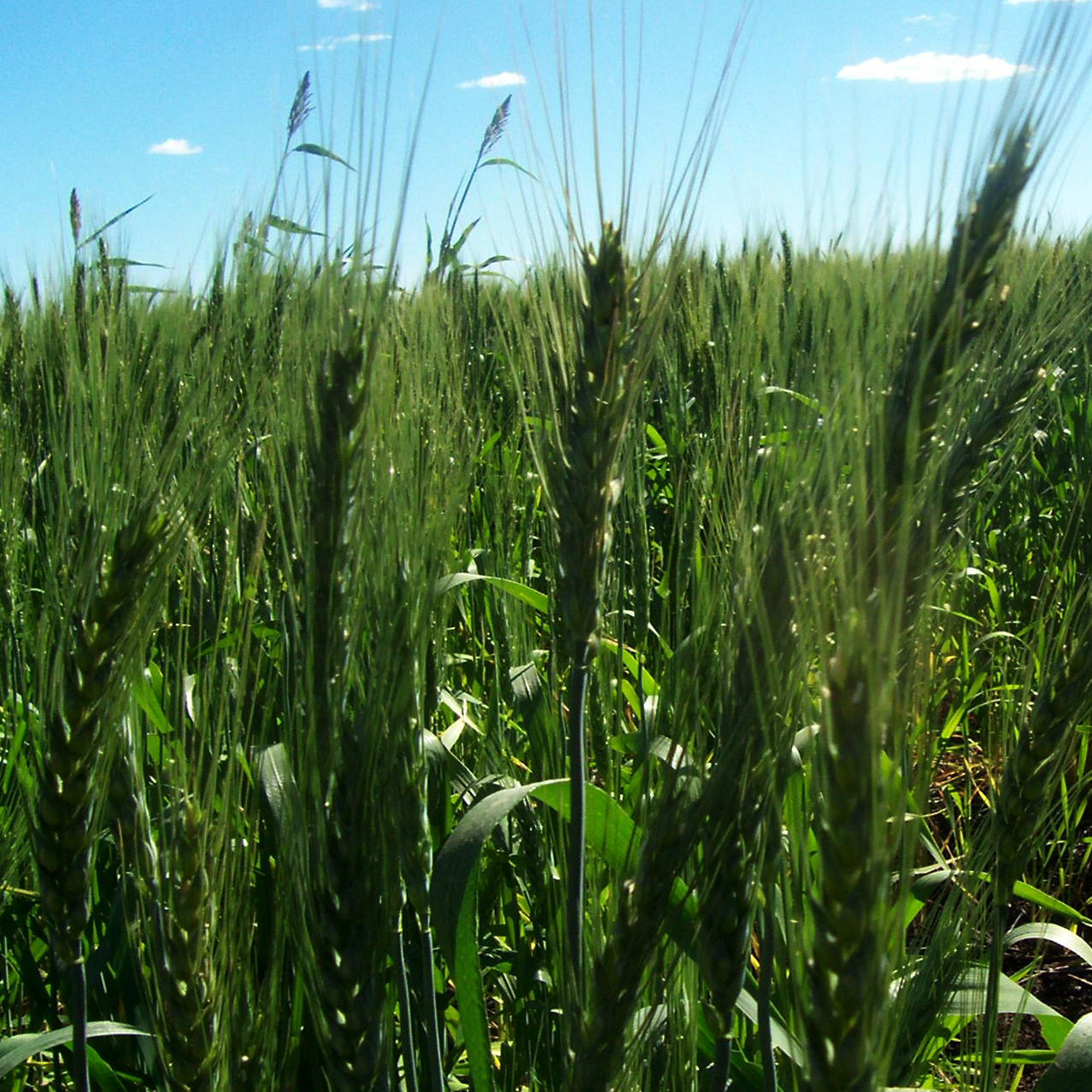Grain growers in central Queensland produce more than a quarter of Queensland’s grain harvest. Farming practices can also contribute to water quality pollution that is impacting on the Great Barrier Reef. The Grains Best Management Practice (BMP) program is a voluntary program developed to help growers assess their management practices against industry standards and develop action plans to improve. The program is supported by training and grants to help growers adopt new practices. The BMP program also allows the grains industry to monitor the uptake of new practices. With community and government concerned about water quality issues, this is important information to show how the industry is performing. While the Grains BMP program is quite new, over 50% of growers in central Queensland have already participated. Economic modelling demonstrates that the adoption of better practices should give growers better profits as well as improve the environment.
[page_divider type=”wheat_heads”]Background[/page_divider]
Central Queensland is a major grain producing area, growing more than a quarter of Queensland’s grain harvest. There are about 500 grain growers within the Fitzroy catchment, farming approximately 425,000 hectares of crops. There are two major cropping zones; from Clermont down through Emerald and south to Rolleston in the Central Highlands, and the Dawson-Callide district (including the area around Moura, Theodore and Biloela). The value of grain production (dominated by wheat, sorghum and chickpeas) in central Queensland was $143 million in 2010-2011. Importantly, rain-fed and irrigated cropping allows central Queensland to produce both summer and winter crops. The variety and volume of grain grown varies with the season and world grain prices.
The impacts of agriculture on waterways are recognised around the world. In Queensland, governments have made major investments in improving the water quality entering the Great Barrier Reef lagoon. The main water quality issues for the reef are sediment (mostly from erosion in cattle grazing areas), nitrate from fertilisers used in cropping systems (sugarcane, horticulture, grains and cotton) and various herbicides. These have the potential to impact coral reefs, seagrass meadows and fisheries resources. Water quality and changes to stream and wetland habitats can also impact local rivers and creeks.
Along with other agricultural industries, grain growing contributes to water quality problems. Grain growers have the challenge to produce profitable yields, yet also minimise water runoff, soil loss, nutrient loss and herbicide use. These issues have been recognised since the 1990’s, when zero till and controlled traffic farming were introduced to the region.
Zero till is growing crops without disturbing the soil by ploughing. Compared to conventional cultivation, zero tillage improves soil quality, which holds more water and reduces soil erosion. In controlled traffic farming, all equipment wheels are restricted to permanent tracks, reducing soil compaction. Practices such as zero tillage and controlled traffic can substantially reduce the movement of soil, nutrients and herbicides off farm and into waterways which drain into the Great Barrier Reef.
[page_divider type=”wheat_harvesters”]Case study[/page_divider]
The Grains Best Management Practice (BMP) program helps broad acre grain growers to improve the profitability and sustainability of their businesses. The program has been developed by the Queensland Department of Primary Industries and Fisheries, the Fitzroy Basin Association and AgForce Queensland.
The Grains BMP progral allows grain growers to assess their current farming practices against industry standards and identify areas for improvement. Working online, with an advisor or in workshop groups, growers work through a series of self-assessment modules that cover the major production and resource issues for modern farming systems:
- property design and layout
- making the best use of rainfall
- crop nutrition and soil fertility
- integrated pest management and
- pesticide application.
For example, the pesticide application module includes a section on choosing the right spray nozzle for the job, ensuring effective and efficient spraying and reduced environmental risk. Over time, growers can track their management performance and compare it with regional and state averages.
Grains BMP is a voluntary program that has been running since 2008. The program also offers training and information to address areas where knowledge is lacking, so that growers can implement the latest technology. Sometimes there are grants available to help grower change their practices, such as those offered through the Australian Government’s Reef Rescue program.
The Grains BMP program allows the industry to report on the uptake of new, improved practices. This is increasingly important with community and customer interest in sustainability issues. Results from individual growers are grouped together and classed as meeting BMP standard, above the standard, or below the standard. Results from individual growers are only available to the grower.
[page_divider type=”farmer_with_spray_rig”]Benefits of best practice[/page_divider]
Results show that most growers meet BMP standard for 80 per cent of the practices, with only about 15 per cent of practices across the 5 modules showing results below industry standard. Growers perform best in the “Making best use of rainfall” module (practices that maximise water use efficiency) which is not surprising given how variable Central Queensland’s rainfall is. The area where growers have most room for improvement is in the pesticide application module, particularly record keeping practices, as well as calibration of equipment and tailoring pesticide application to variable weather conditions.
Measuring change in practices over time is complicated by the fact that not all growers complete an assessment every year. Nonetheless, results show that Fitzroy grain growers continue to perform to high practice standards. For example, over 70 per cent of growers use zero or no till farming techniques, and more than 50 per cent use controlled traffic farming. As the Grains BMP program becomes better established it will generate more accurate information on the adoption of best management practices.
Since 2008, nearly 50 per cent of grain producers in the Fitzroy have completed a grains BMP assessment. Economic modelling suggests that the adoption of improved practices in the Fitzroy can make very significant changes to farm profits as well as reducing runoff, soil, nutrient and herbicide losses.
[page_divider type=”ripple”]Further information[/page_divider]
Grains Best Management Practices website:
https://www.grainsbmp.com.au/home.aspx
Edwards, J., Umbers, A., Wentworth, S., 2012. Farm Practices Survey Report Grains Research and Development Corporation, Canberra.
http://www.grdc.com.au/~/media/1A94FC21CA514CF2



